Moon colonization
Humanity's Next Giant Leap: The Compelling Case for Lunar Colonization as Earth's Backup
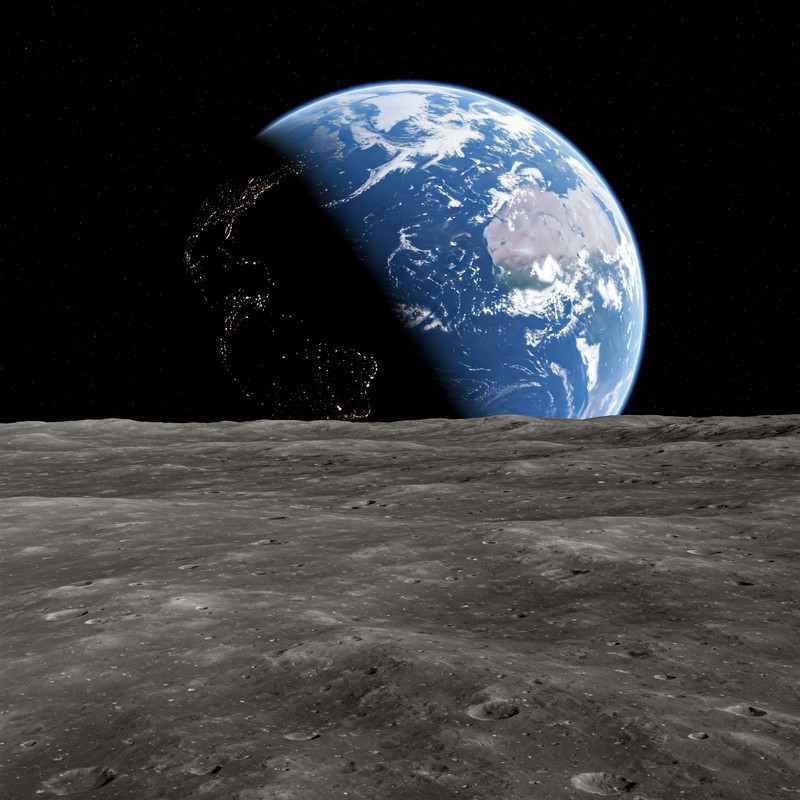
As our home planet faces a confluence of escalating environmental challenges, the persistent risks associated with overpopulation, and the ever-present specter of geopolitical instability, the gaze of space agencies and visionary private enterprises is once again fixed firmly on the Moon. This renewed interest transcends mere scientific exploration; it is increasingly driven by the compelling imperative to establish a vital off-world foothold – a potential second home for humanity.
Why the Moon? A Strategic Stepping Stone to Our Cosmic Future
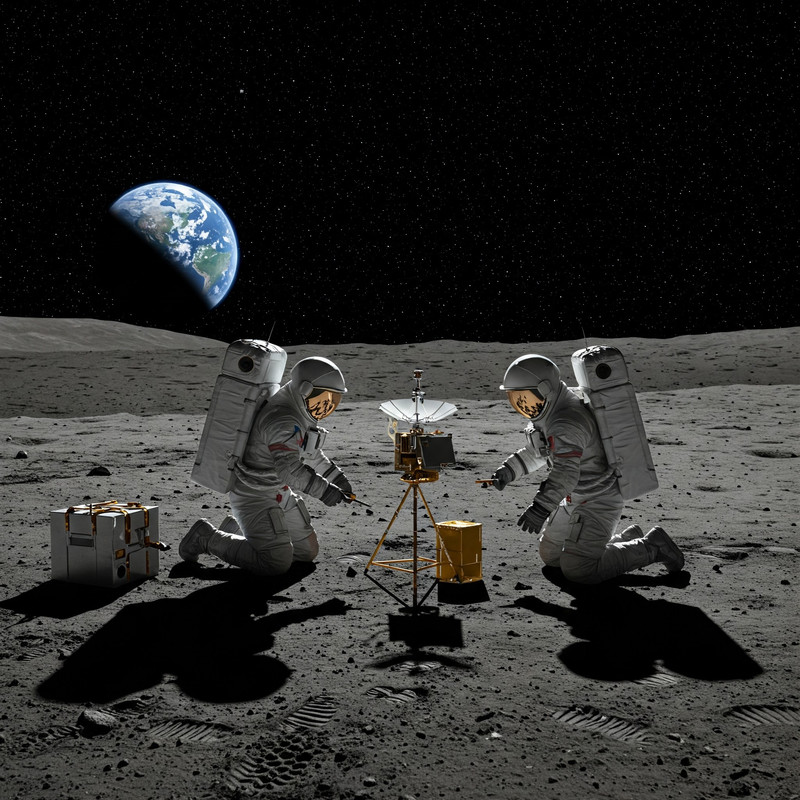
- Unparalleled Proximity: Our Nearest Celestial Neighbor: At an average distance of 384,400 kilometers, the Moon offers an unmatched advantage in terms of accessibility and logistical feasibility compared to more distant celestial bodies. Shorter transit times and reduced mission costs make sustained operations and the transport of personnel and resources significantly more manageable.
- A Lunar Treasure Trove: Abundant Resources for Survival and Progress: The Moon is increasingly recognized as a repository of crucial resources that can support long-term human habitation and fuel future space exploration endeavors:
- Water Ice: The Lunar Oasis: Concentrated primarily in permanently shadowed craters near the lunar poles, water ice represents a veritable oasis. It can be electrolyzed to produce breathable oxygen and the fundamental components of rocket propellant (liquid hydrogen and liquid oxygen), significantly reducing reliance on Earth-based resupply.
- Helium-3: Fueling the Future of Fusion: This light, non-radioactive isotope has the potential to serve as an ideal fuel for future nuclear fusion power plants, offering a clean, safe, and virtually limitless energy source. While its abundance on Earth is limited, it is believed to be more prevalent in the lunar regolith, deposited by solar wind.
- Regolith: The Moon's Versatile Soil: The fine, dusty lunar regolith can be utilized as a primary construction material (potentially through 3D printing), providing natural radiation shielding for habitats. Furthermore, ongoing research explores methods to extract other valuable elements, such as silicon, aluminum, and iron, from the regolith for in-situ resource utilization (ISRU).
- Rare Earth Elements: Technological Goldmine: Preliminary data suggests the presence of rare earth elements, vital components in modern electronics, renewable energy technologies, and advanced materials, within certain lunar geological formations. Their extraction could have significant economic implications.
- The Ultimate Testing Ground: Honing the Skills for Interplanetary Expansion: Establishing a permanent lunar presence offers an invaluable opportunity to develop, test, and refine the critical technologies, infrastructure, and operational protocols necessary for more ambitious deep space missions, including crewed voyages to Mars and beyond. Long-duration habitation modules, closed-loop life support systems, advanced robotics, and autonomous construction techniques can be rigorously evaluated and optimized in the challenging but relatively accessible lunar environment.
The New Lunar Imperative: Global Initiatives and Bold Ambitions
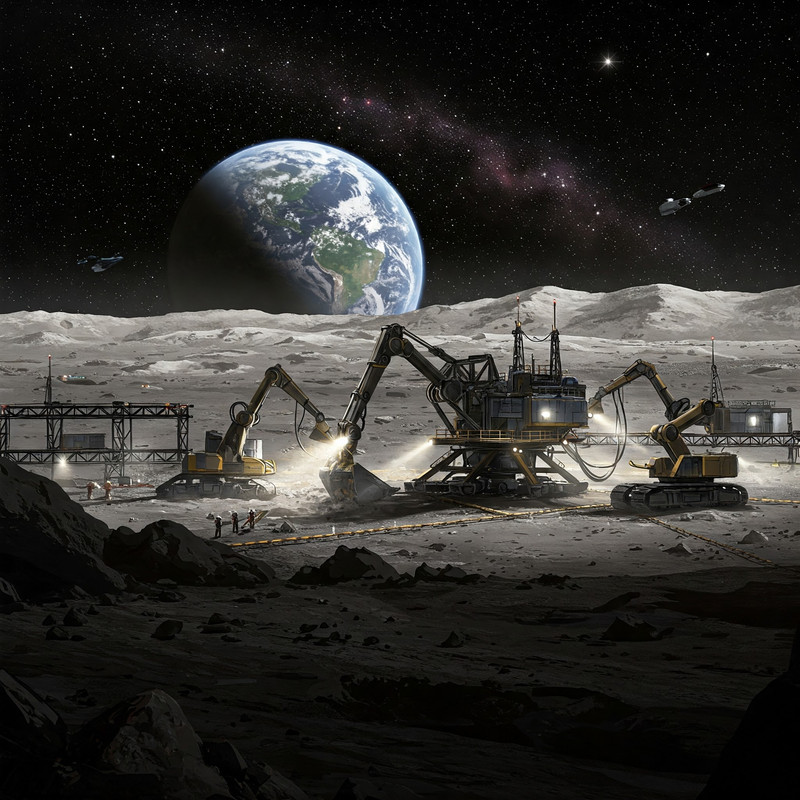
A confluence of scientific advancements, geopolitical considerations, and the burgeoning capabilities of the private space sector has ignited a renewed global imperative towards lunar colonization:
- NASA's Artemis Program: Leading the Charge for Sustainable Lunar Presence: With the ambitious and well-funded Artemis program, NASA aims not only to return astronauts to the lunar surface by the mid-2020s but also to establish a sustained human presence through the development of the Gateway orbital station and long-term surface habitats. Artemis envisions international collaboration and the eventual utilization of lunar resources.
- China and Russia's Collaborative Lunar Vision: The International Lunar Research Station (ILRS): This joint initiative outlines a long-term plan to construct a comprehensive research station on the lunar surface, potentially operational in the 2030s. The ILRS signifies a strong commitment from these nations to long-term lunar exploration and potential habitation.
- The Pivotal Role of Private Sector Innovation: Pioneering New Pathways to the Moon: Companies like SpaceX with their Starship program, Blue Origin with their Blue Moon lander, and numerous other agile space ventures are developing and deploying innovative technologies that promise to significantly reduce the cost of lunar transport and infrastructure development, making sustained lunar operations more economically feasible.
- International Partnerships and Scientific Missions: A Global Tapestry of Lunar Exploration: Beyond the major programs, numerous other nations and space agencies are contributing to lunar science and exploration through robotic missions, resource mapping initiatives, and collaborative research efforts, laying the groundwork for future human endeavors.
Navigating the Lunar Frontier: Overcoming the Harsh Realities

Establishing a permanent and thriving human presence on the Moon necessitates overcoming a series of formidable environmental and technological challenges:
- The Dual Threat of Radiation and Vacuum: An Invisible Enemy: The Moon's lack of a substantial atmosphere and a global magnetosphere exposes the surface to intense and harmful solar and cosmic radiation. Robust and heavily shielded habitats, potentially constructed using thick layers of lunar regolith, will be essential to protect colonists. Furthermore, the vacuum of space necessitates fully pressurized living and working environments, requiring sophisticated life support systems.
- Extreme Temperature Cycles: From Scorching Days to Frigid Nights: The absence of a moderating atmosphere results in extreme temperature fluctuations between the long lunar day (equivalent to about 14 Earth days) and the equally long lunar night. Habitats, power systems, and all equipment must be engineered to withstand these dramatic thermal shifts and maintain a stable internal environment.
- The Economic and Logistical Labyrinth: Building a Sustainable Outpost: The sheer cost of transporting massive amounts of material and personnel to the Moon and establishing a self-sustaining colony represents a monumental financial undertaking. The development of efficient in-situ resource utilization (ISRU) technologies to leverage lunar resources for construction, propellant production, and life support will be crucial for long-term economic viability and reducing reliance on costly Earth-based resupply missions.
- The Perils of Lunar Dust: A Fine and Abrasive Menace: The fine, electrostatically charged lunar dust is highly abrasive and can infiltrate equipment, damage seals, and pose respiratory hazards to astronauts. Developing effective dust mitigation strategies will be critical for the long-term health and operational efficiency of a lunar base.
- The Human Element: Isolation, Confinement, and Psychological Resilience: The profound isolation and confinement of lunar habitats, coupled with the inherent risks of space travel, will present significant psychological challenges for lunar colonists. Careful crew selection, robust communication systems, and strategies to maintain mental well-being will be paramount for mission success.
A Lunar Crystal Ball: Envisioning the Future of Our Off-World Home
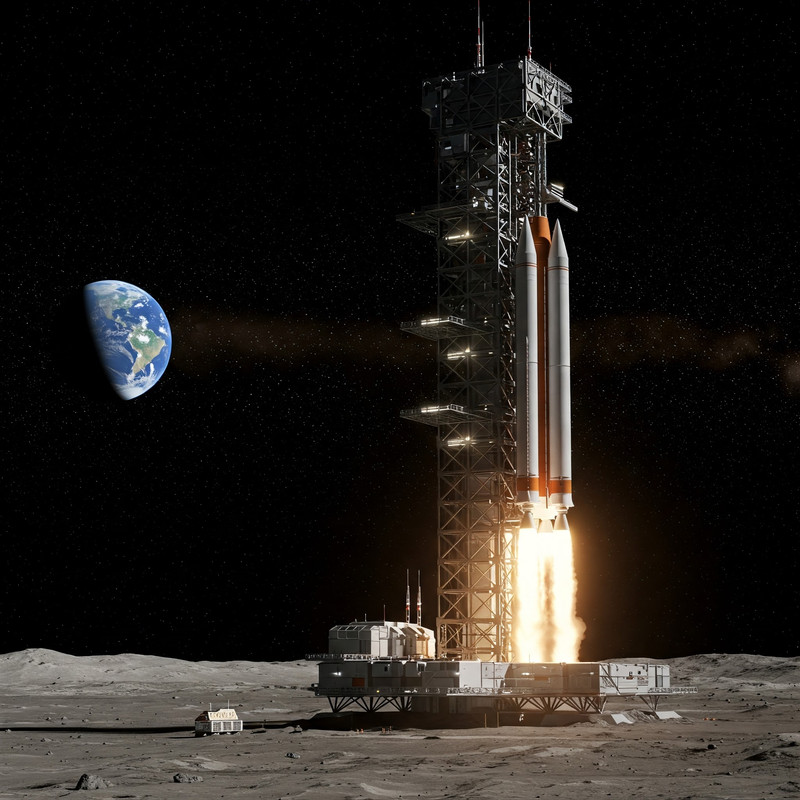
The long-term aspirations for lunar colonization extend beyond a basic survival outpost, encompassing a vision of a dynamic and multifaceted lunar civilization:
- A Premier Hub for Scientific Discovery: Unlocking the Secrets of the Solar System: The Moon offers an unparalleled vantage point for astronomical observations, free from Earth's atmospheric distortions. Lunar research outposts will also be instrumental in advancing our understanding of planetary science, the history of the Moon and Earth, and the effects of long-duration reduced gravity on biological systems.
- An Economic Catalyst: Fueling a New Space-Based Economy: The extraction and processing of lunar resources, particularly water ice for propellant and helium-3 for potential fusion energy, could drive a burgeoning space economy, supporting deep space exploration and potentially providing valuable resources for Earth. Lunar-based manufacturing, leveraging the Moon's unique environment, could also become a significant industry.
- A Strategic Gateway to the Cosmos: The Stepping Stone to Mars and Beyond: A well-established lunar infrastructure, including fuel depots, assembly platforms, and testing facilities, could serve as a crucial staging point for more ambitious interplanetary missions, significantly reducing the energy and cost required for voyages to Mars, asteroids, and other destinations.
- A Sanctuary for Humanity: Preserving Our Legacy Among the Stars: In the face of potential existential threats to Earth, a self-sustaining lunar colony could serve as a vital safeguard, preserving human knowledge, culture, and the potential for our species to endure and thrive beyond our home planet.
The Profound Significance of Lunar Colonization: Charting Humanity's Cosmic Destiny

The endeavor to establish a permanent human presence on the Moon transcends mere scientific curiosity or economic opportunity. It represents a fundamental leap in our evolution as a species, offering:
- A Vital Insurance Policy: Safeguarding Our Future in the Cosmos: Establishing a self-sustaining colony on another celestial body provides a critical hedge against potential catastrophic events on Earth, whether natural disasters, climate change impacts, or human-induced crises, ensuring the long-term survival of humanity.
- A Crucible for Unprecedented Innovation: Driving Technological Breakthroughs: The immense challenges inherent in lunar colonization will inevitably spur groundbreaking innovation across a vast spectrum of scientific and engineering disciplines, leading to new technologies and solutions that can also have profound benefits for life on Earth.
- A Unifying Vision: Inspiring Global Collaboration and the Next Generation: The ambitious goal of establishing a permanent lunar settlement has the potential to galvanize international cooperation, fostering unprecedented levels of collaboration between nations and inspiring the next generation of scientists, engineers, explorers, and dreamers.
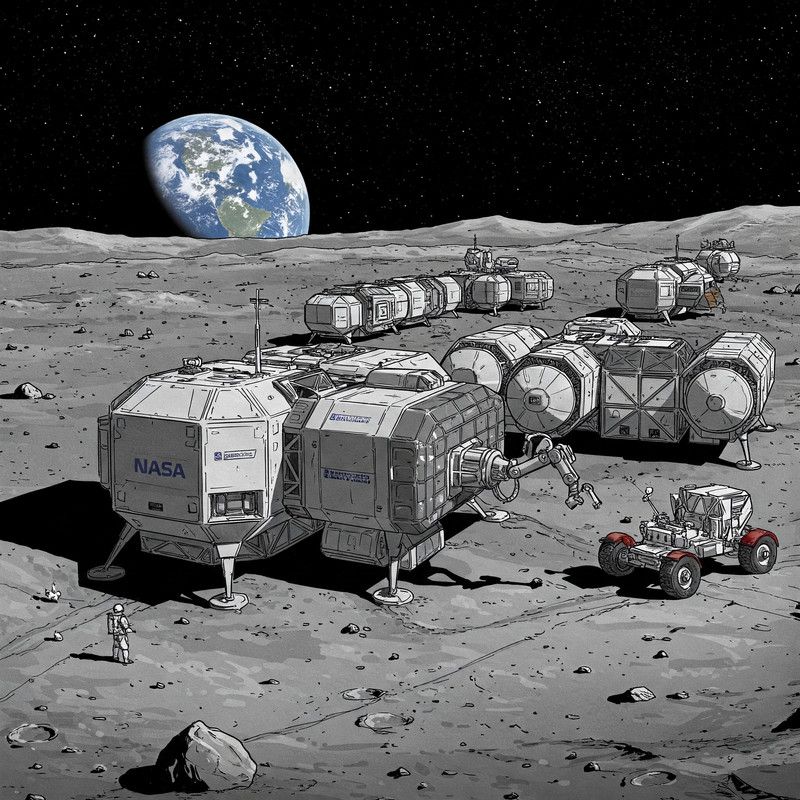
Lunar colonization is no longer a distant aspiration relegated to the realm of science fiction. Driven by a confluence of pressing terrestrial concerns, theMoon's rich resource potential, and the remarkable advancements in space technology, it has evolved into a tangible and increasingly critical component of humanity's long-term survival strategy and our relentless pursuit of a future among the stars. As a new era of space exploration unfolds, the Moon stands poised to transition from a familiar celestial neighbor to a potentially thriving extension of our civilization, marking humanity's next giant leap into the cosmos.
Related Posts
- Terraforming Mars: Can We Turn the Red Planet Green?
- AI Weather Control: Can We Stop Hurricanes and Droughts?
- The Future of Nuclear Fusion: Unlimited Clean Energy?
- Powering Earth from the Stars: Space-Based Solar Energy
Follow and Connect:
Stay updated by clicking the follow button on the sidebar!
Privacy Policy | Disclaimer | About the Author
Comments
Post a Comment